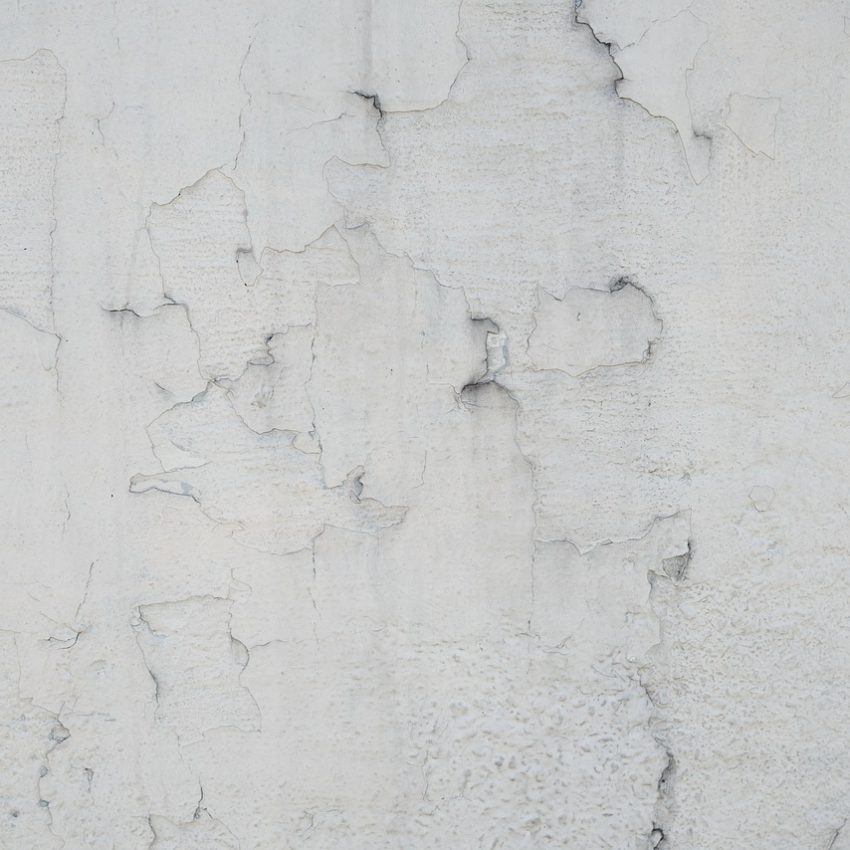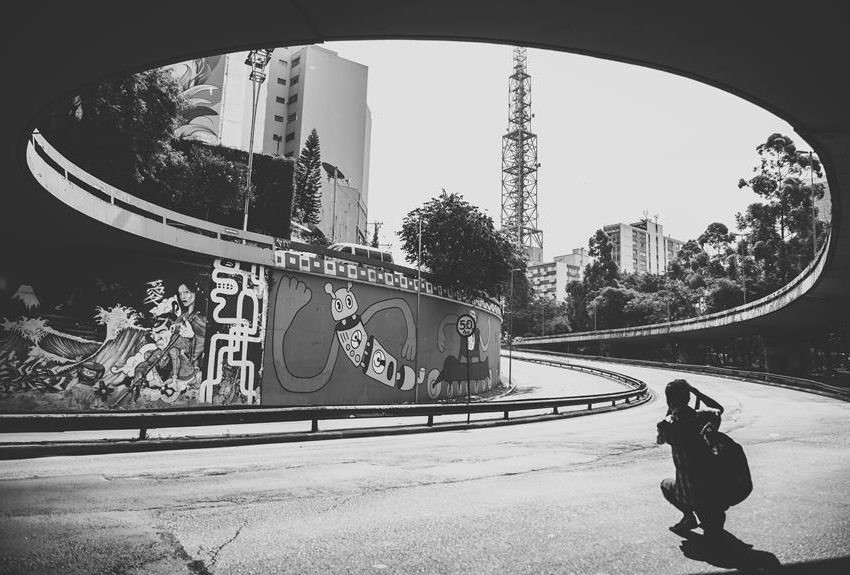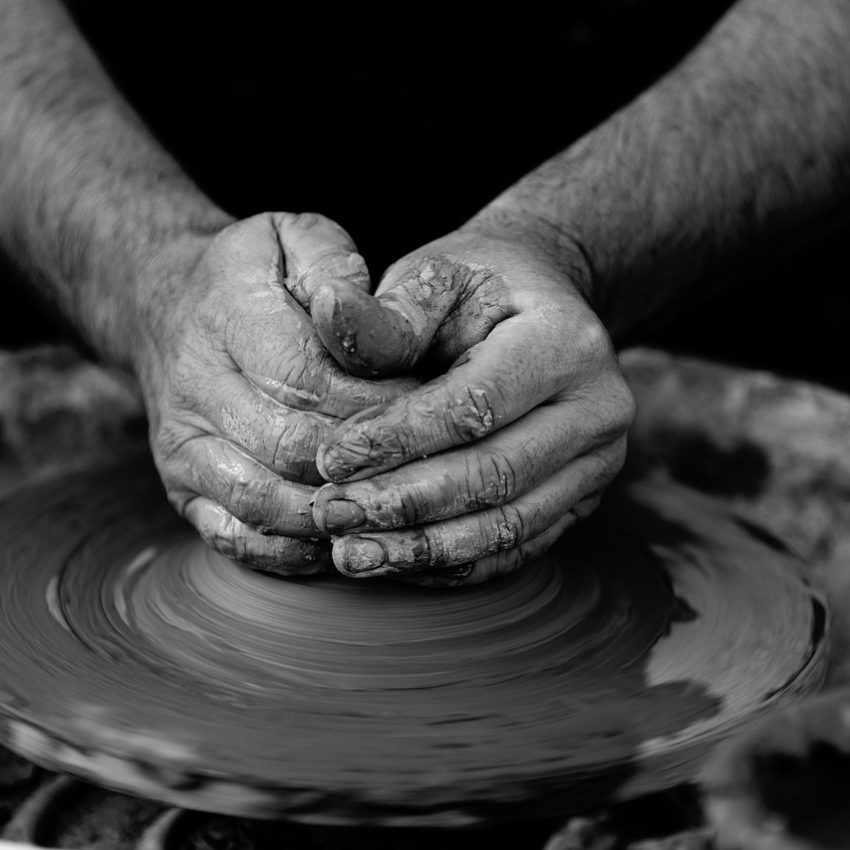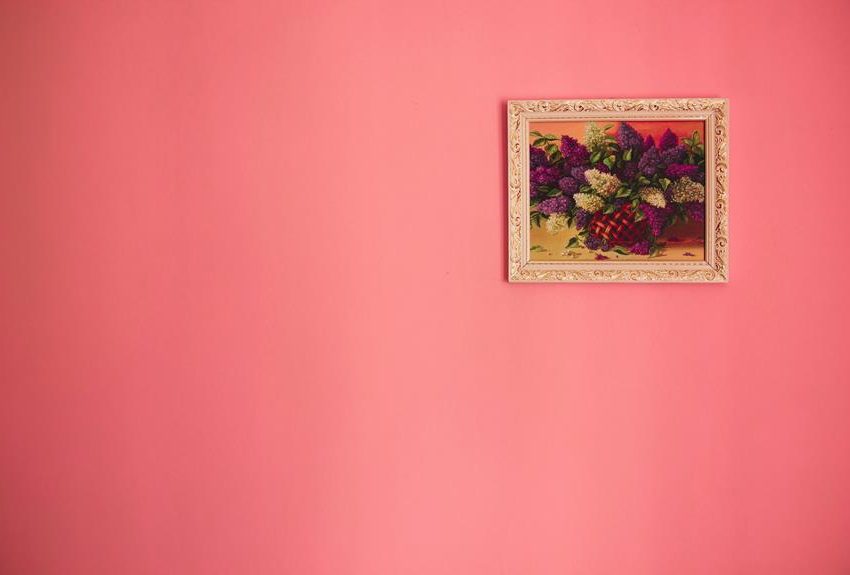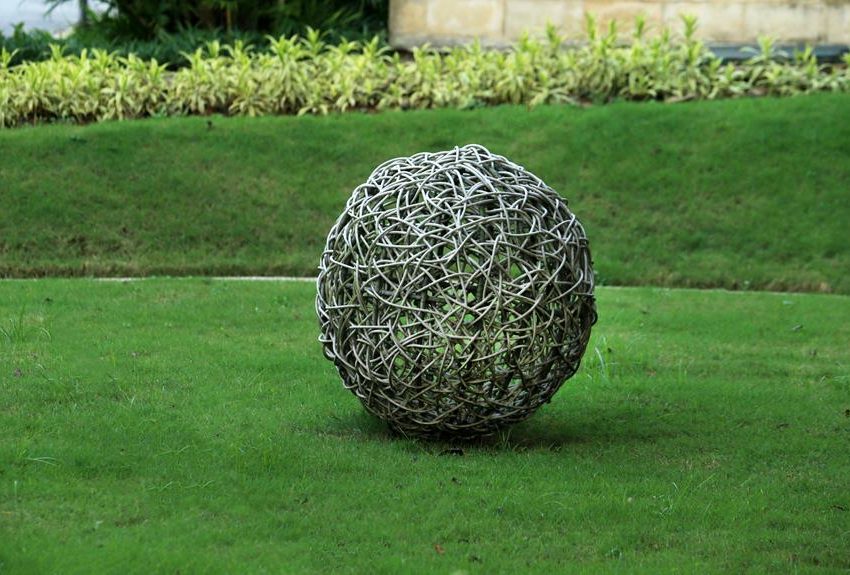Watercolour Paintings
Watercolour paintings have a rich and fascinating history, dating back centuries. This captivating art form has evolved over time, showcasing the delicate beauty and unique characteristics that make it so beloved by artists and art enthusiasts alike.
In this masterclass, we will delve into the world of watercolour paintings, exploring their history, techniques, famous artists, and more. Whether you are a seasoned painter or a beginner looking to dive into this enchanting medium, this guide will provide you with a comprehensive overview of everything you need to know to create your own mesmerising watercolour masterpieces.
The History and Evolution of Watercolour as an Art Medium
Artists such as Albrecht Dürer and Hans Holbein the Younger used watercolours in their sketches and studies, laying the foundation for the medium’s development.
Watercolour painting has a long and storied history, with roots dating back to ancient times. The use of water-based pigments can be traced back to cave paintings created by early humans.
However, it was during the Renaissance period that watercolour began to take shape as a distinct form of art.
As we sip our cuppa and admire the artistic decor of a cozy cottage, we are reminded of the unexpected beauty that surrounds us, waiting to be captured and shared.
Turner and Thomas Girtin, became renowned for their atmospheric and ethereal creations, often in the form of original watercolour landscape paintings.
The transparent and luminous quality of watercolours allowed artists to capture the fleeting beauty of nature, including the vibrant hues of autumn, with unparalleled precision.
In the modern era, watercolour painting has expanded its boundaries, with artists experimenting with new techniques and pushing the boundaries of the medium.
From traditional landscapes to abstract compositions, watercolour has proven its versatility and enduring appeal.
Techniques and Materials Used in Watercolour Paintings
One of the most intriguing aspects of watercolour painting is the wide range of techniques and materials that can be employed to create stunning effects, such as those seen in watercolour landscape paintings.
The primary characteristic of watercolour is its transparency, which allows for the layering of colours and the creation of subtle gradients, making it ideal for capturing the delicate hues of a sunset in landscape paintings. This transparency is achieved by diluting the pigments with water and applying them to paper.
The choice of paper is crucial in watercolour painting, especially when creating original watercolour landscapes that require high quality paper for the best results.
The texture, weight, and absorbency of the paper can greatly impact the final result.
Cold-pressed and hot-pressed papers are two common options, each offering a unique surface for the paint to adhere to.
Cold-pressed paper has a slightly rough texture, allowing for more texture in the painting, while hot-pressed paper has a smoother surface, ideal for detailed work.
Watercolour brushes come in various shapes and sizes, each serving a specific purpose. Round brushes are versatile and can be used for both broad strokes and fine details, while flat brushes are ideal for washes and large areas.
Additionally, there are specialty brushes such as fan brushes, mop brushes, and rigger brushes, each providing unique effects for creating textures in a drawing.
To achieve different textures and effects in drawing, artists often employ techniques such as wet-on-wet, wet-on-dry, dry brushing, and lifting. Wet-on-wet involves applying wet paint to wet paper, allowing the colours to blend and bleed into each other.
Wet-on-dry, on the other hand, involves applying wet paint to dry paper, resulting in more defined edges.
Dry brushing creates texture by dragging a dry brush over the paper, while lifting involves removing paint from the paper with a damp brush or sponge.
Famous Watercolour Artists and Their Notable Works
Throughout history, many artists have made significant contributions to the world of watercolour painting.
Their works have inspired generations of artists and continue to captivate audiences with their beauty and skill. Let’s explore some of the most famous watercolour artists and their notable works.
J.M.W. Turner, often referred to as the “painter of light,” is one of the most renowned watercolourists in history.
His atmospheric landscapes and seascapes are characterized by their luminosity and emotive qualities.
“The Fighting ‘Temeraire'” and “Rain, Steam, and Speed” are two of his most celebrated works, showcasing his mastery of light and colour.
Another influential artist is Winslow Homer, an American painter known for his realistic and evocative watercolour paintings.
His series of marine paintings, including “The Gulf Stream” and “Breezing Up,” capture the power and beauty of the sea with remarkable precision and emotion.
Moving into the contemporary art scene, David Hockney has made a significant impact with his vibrant and expressive watercolour works.
His series of pool paintings, such as “A Bigger Splash” and “Portrait of an Artist (Pool with Two Figures),” are iconic and have solidified his status as a master of the medium.
These are just a few examples of the countless talented artists who have left their mark on the world of watercolour painting.
Each artist brings their unique style and vision to the medium, pushing the boundaries of what is possible and inspiring others to explore the endless possibilities of watercolour.
GREG HOWARD
In the picturesque setting of the Lake District, where every tarn and meadow seems to hold a secret, artist Greg Howard’s hand-painted pastel paintings online transport viewers to a realm of colorful beauty.
From the majestic Blencathra summit to the serene Bay of Buttermere, each stroke of his brush captures the essence of this unique landscape.
As lovers of art and nature alike commission their own pieces, Howard’s distinctive style brings a golden glow to the canvas, whether depicting an early morning sunrise or a rainy day in Little Langdale.
With a keen eye for detail, he immortalizes the subtle shades of purple in a sundown over Haystacks and the chrome sparkle of a van winding through the hidden valleys.
Each painting tells a story, inviting the viewer to immerse themselves in the sights and emotions of a day well spent in this enchanting corner of the world.
In Howard’s work, we find not just a reflection of the landscape, but a taste of the passion and dedication that drives an artist to watch the drama unfold with every stroke of the brush.
And as his paintings find their way to homes around the globe, they become more than just a subject of admiration – they are a testament to the timeless allure of the Lake District, and to the enduring power of art to transport us to another day, another place, and another world.
Tips for Beginners in Watercolour Painting
If you’re new to watercolour painting, diving into this mesmerising medium can be both exciting and intimidating. However, with the right guidance and a willingness to experiment, anyone can learn to create beautiful watercolour paintings. Here are some tips to help you get started on your watercolour journey, including advice on creating your first watercolour landscape or where to buy original watercolour paintings.
Start with the basics: Familiarise yourself with the materials and techniques used in watercolour painting. Experiment with different brushes, papers, and paints to understand how they interact with each other.
Practice colour mixing: Understanding how colours blend and interact is essential in watercolour painting. Experiment with mixing primary colours to create secondary and tertiary colours, and learn how to create different shades and tones.
Master the art of layering: Watercolour is a transparent medium, which means that layers of paint can be built up to create depth and dimension. Practice layering washes of different colours to achieve a range of effects, creating the perfect autumn scene for your portfolio or to list on Etsy.
Embrace the unpredictability: Watercolour painting can be unpredictable, with colours blending and bleeding in unexpected ways, much like the unpredictable beauty of Skiddaw under different lights. Embrace these happy accidents and allow them to guide your creative process.
Study the masters: Take time to study the works of famous watercolour artists, including those unique paintings by Greg Howard. Analyse their techniques and brushwork, and try to incorporate elements of their style into your own work.
Remember, the key to improving in watercolour painting is practice. Don’t be discouraged by initial setbacks or unsatisfactory results. With time, patience, and dedication, you will develop your own unique style and create stunning watercolour paintings.
Step-by-Step Guide to Creating a Watercolour Painting
Creating a watercolour painting can be a fulfilling and rewarding experience. With each brushstroke, you have the opportunity to bring your vision to life and express your creativity. Here is a step-by-step guide to help you create your own watercolour masterpiece:
Gather your materials: Start by assembling all the necessary materials, including watercolour paints, brushes, water containers, paper, and any additional tools you may need to create your next masterpiece or wall art for sale on Etsy.
Plan your composition: Before diving into the painting, sketch out your composition lightly with a pencil. Consider the placement of your subject, the background, and any other elements you want to include.
Prepare your palette: Squeeze out a small amount of each colour you plan to use onto your palette, perhaps focusing on hues that reflect the beauty of a sunset for an upcoming watercolour landscape project. Gradually add water to each colour to achieve the desired consistency. Experiment with different ratios to create different effects.
Start with a wash: Begin by wetting your paper with clean water. This will create a smooth surface and prevent the paint from drying too quickly. Then, apply a light wash of the background colour, using broad brushstrokes to lay the foundation for an autumn landscape or portrait.
Build up layers: Once the initial wash has dried, start adding layers of paint to create depth and detail. Begin with the lighter colours and gradually work towards the darker shades. Allow each layer to dry before adding the next, especially when adding hand painted details to your 900 unique painting project.
Add details: As your painting progresses, start adding finer details and highlights. Use smaller brushes to create intricate textures and bring your subject to life.
Finishing touches: Once you are satisfied with your painting, step back and assess it. Make any necessary adjustments or add final details to enhance the overall composition.
Remember, each painting is a journey, and there is no right or wrong way to create a watercolour masterpiece. Embrace the process, experiment with different techniques and styles, and most importantly, enjoy the journey of creating art.
Exploring Different Styles and Subjects in Watercolour Art
Watercolour painting offers a vast array of styles and subjects to explore, including original paintings available in UK galleries. Whether you prefer traditional landscapes, abstract compositions, or detailed botanical studies, there is something for everyone in the world of watercolour art. Here are a few styles and subjects you can experiment with:
Landscapes: Watercolour is particularly well-suited for capturing the beauty of landscapes. Experiment with different techniques to create atmospheric skies, rolling hills, and serene bodies of water.
Portraits: Although watercolour is often associated with landscapes, it can also be used to create stunning portraits. Shop watercolour paintings of portraits on Etsy for original artwork. Explore different approaches to capturing the human form, from loose and expressive brushwork to intricate and detailed renderings.
Still life: Still life paintings allow artists to explore the beauty of everyday objects. Arrange a collection of still objects on a table and experiment with different compositions, lighting, textures, and the inclusion of hand painted details.
Botanical studies: Watercolour is a popular medium for botanical illustration, and original watercolour paintings of plants are a favourite among collectors. Use the transparency and delicate nature of watercolours to capture the intricate details of flowers, leaves, and other natural subjects.
Abstract art: Watercolour’s fluid and unpredictable nature lends itself well to abstract compositions. Let your imagination run wild and experiment with different colours, shapes, and textures to create unique and expressive abstract paintings.
Don’t be afraid to step outside of your comfort zone and try new styles and subjects. The beauty of watercolour lies in its versatility, allowing artists to explore and experiment with endless possibilities, including capturing the essence of Catbells and Skiddaw in a unique painting.
How to Care for and Preserve Watercolour Paintings
Watercolour paintings require special care and attention to ensure their longevity and preservation. Unlike other mediums, watercolours are more susceptible to damage from moisture, light, and environmental factors. Here are some tips to help you care for and preserve your watercolour paintings:
Framing: Proper framing is crucial in protecting watercolour paintings. Use acid-free matting and UV-protective glass to prevent fading and damage from light exposure. Ensure that the painting is not in direct contact with the glass by using spacers or mats.
Displaying: When displaying your watercolour paintings, avoid placing them in direct sunlight or areas with high humidity to ensure the longevity of your original watercolour artworks. Exposure to sunlight can cause colours to fade over time, while humidity can lead to mould and other forms of damage.
Storage: If you need to store your watercolour paintings, ensure they are kept in a cool, dry environment. Use acid-free archival boxes or sleeves to protect them from dust and moisture. Avoid storing them in basements or attics, as these areas are prone to temperature and humidity fluctuations.
Handling: When handling watercolour paintings, ensure your hands are clean and dry. Avoid touching the painted surface directly, as the oils from your skin can cause damage. Use clean, white gloves or handle the painting by its edges or supporting materials.
Cleaning: If your watercolour painting requires cleaning, it is best to consult a professional conservator to preserve the quality of your original watercolour artworks. Attempting to clean it yourself can result in irreversible damage. Do not use water or any cleaning solutions on your original paintings or prints unless specifically instructed by a professional to preserve their quality.
By following these guidelines, you can ensure that your watercolour paintings remain vibrant and beautiful for years to come, preserving them as valuable works of art.
Where to Find Inspiration for Your Watercolour Paintings
Inspiration can be found in every corner of the world, and watercolour painting provides a unique opportunity to capture the essence of the world around us. If you’re seeking inspiration for your next watercolour painting, here are a few places to look:
Nature: The beauty of nature, from the rugged trails of Skiddaw to the peaceful shores of Catbells, has long been a muse for artists. Take a walk in the woods, visit a botanical garden, or simply observe the changing seasons. Pay attention to the play of light and shadow, the colours of flowers and foliage, and the textures of rocks and water to inspire wall art that captures the essence of the UK’s natural beauty.
Travel: Exploring new places and cultures can ignite your creativity. Take a trip to a foreign country, visit historic landmarks, or simply wander through the streets of your own city. Capture the architecture, people, and unique moments that catch your eye.
Everyday life: Inspiration can be found in the simplest of things. Look for beauty in everyday objects and moments. Capture the play of light on a table, the arrangement of objects on a shelf, or the expression on a loved one’s face.
Art galleries and museums: Visit local art galleries and museums to immerse yourself in the works of other artists. Explore different styles and time periods, and analyse the techniques and compositions that resonate with you.
Online communities: Join online communities and forums dedicated to watercolour painting. Engage with other artists, share your work, and seek feedback and inspiration for your unique painting styles. Online platforms such as Instagram and Pinterest are also great sources for discovering new artists and styles, including watercolour landscape paintings of Skiddaw and original watercolour artworks.
Remember, inspiration can be found anywhere and everywhere, from the vibrant colours of autumn to the serene beauty of the Lake District. Keep an open mind and a keen eye, and allow the world around you to fuel your creativity and imagination, whether you’re exploring the 900-year-old history of the UK or browsing original paintings on Etsy.
Conclusion: The Enduring Allure of Watercolour Art
Watercolour paintings, like those showcasing the timeless beauty of Catbells, have captivated art enthusiasts for centuries with their ethereal qualities and hand painted depth.
From its humble beginnings to its modern-day interpretations, watercolour has evolved into a versatile and expressive medium, with original paintings now celebrated on platforms like Etsy.
Whether you are a seasoned artist or a beginner, exploring the world of watercolour painting offers endless possibilities for self-expression and creativity.
Through this masterclass, we have delved into the history and evolution of watercolour, explored various techniques and materials, examined the works of famous watercolour artists, and provided tips and guidance for beginners.
We have also offered a step-by-step guide to creating your own watercolour paintings and explored different styles and subjects that you can explore.
As you embark on your watercolour journey, remember to embrace the unpredictability of the medium and allow your creativity to flow.
Experiment, practice, and find inspiration in the world around you, including the challenge of drawing a castle or incorporating a pot into your compositions.
With each brushstroke, you have the opportunity to create something truly captivating and unique.
So pick up your brushes, dip them in vibrant pigments, and let your imagination take flight. Discover the timeless beauty of watercolour paintings and unleash your inner artist.
The world, with its vast landscapes including majestic castles and serene lakes, is waiting to be painted by you.
Consider the diverse landscapes of the UK, from the Lake District to the bustling streets of London, as your canvas.
